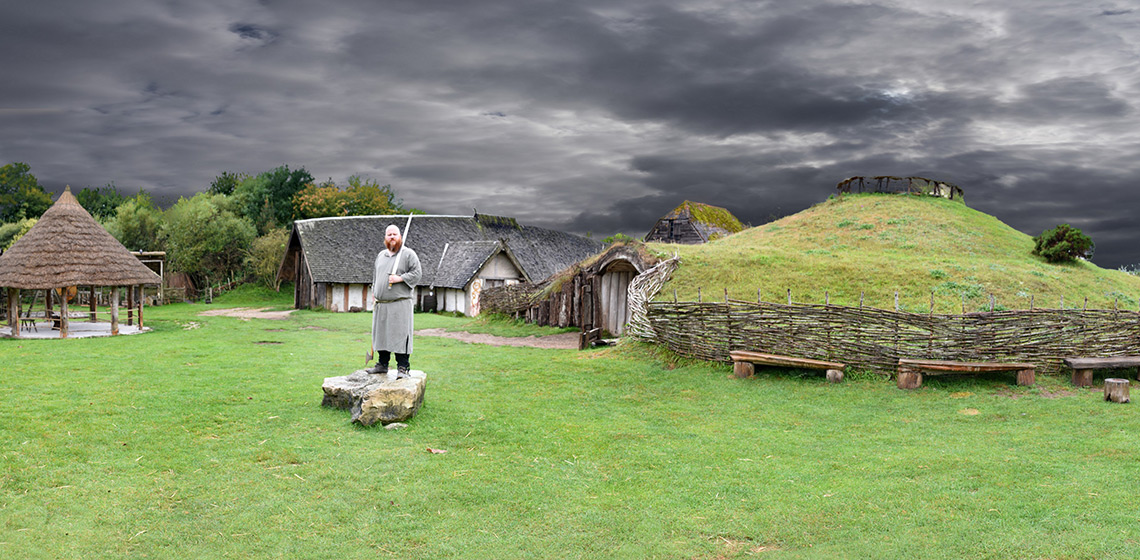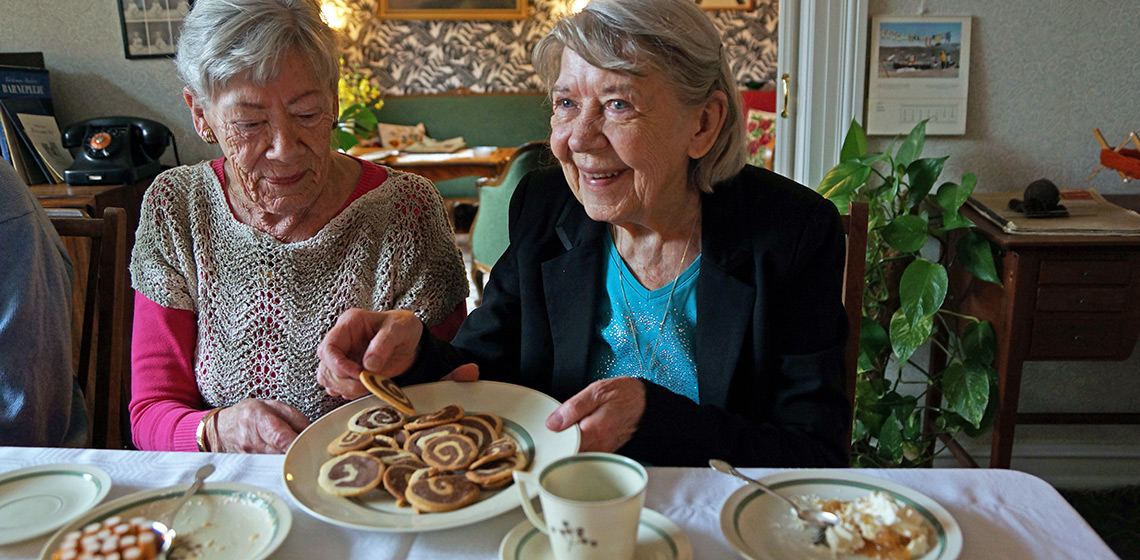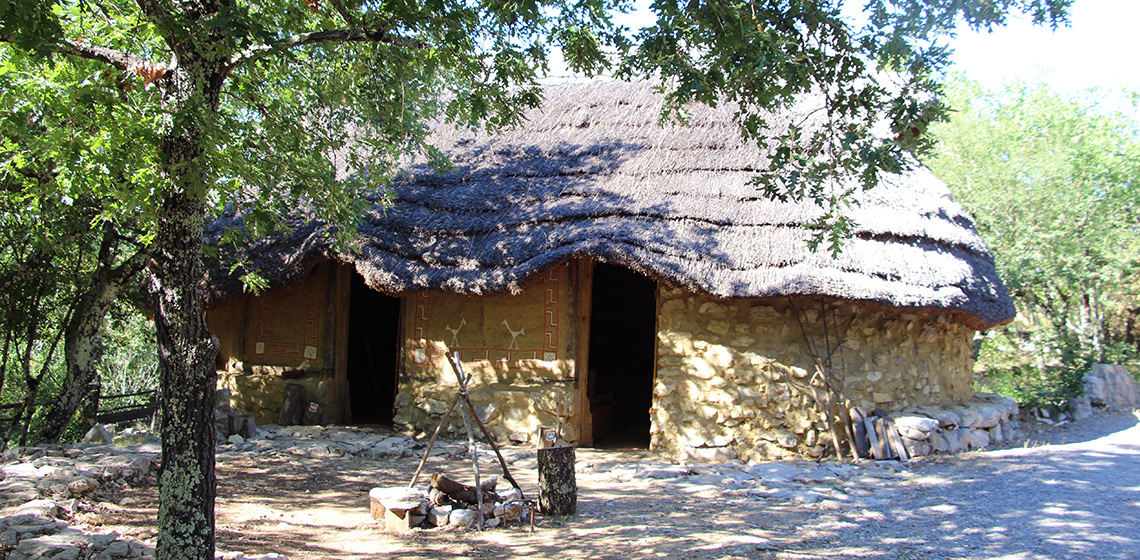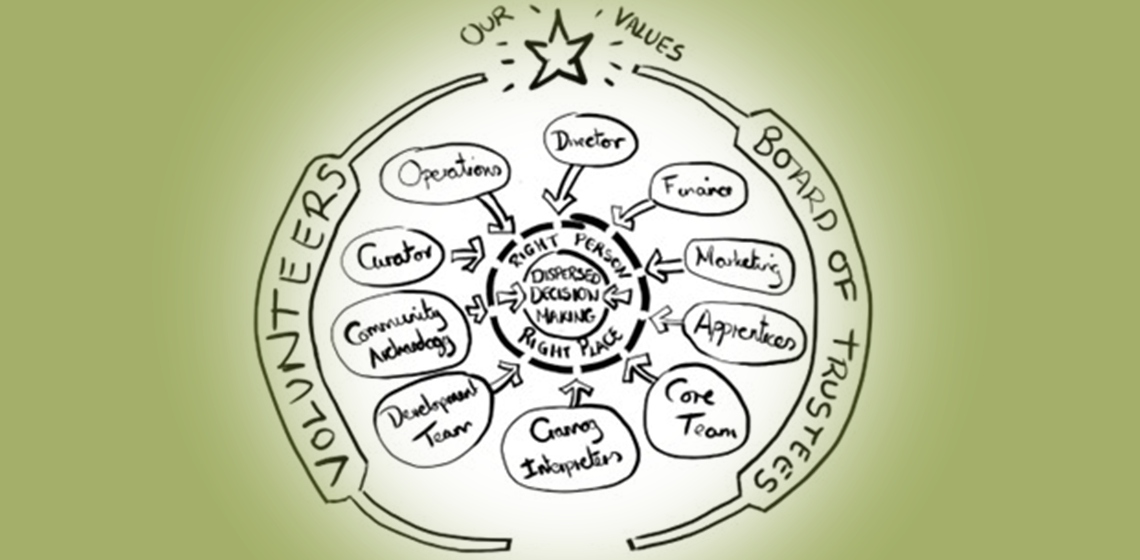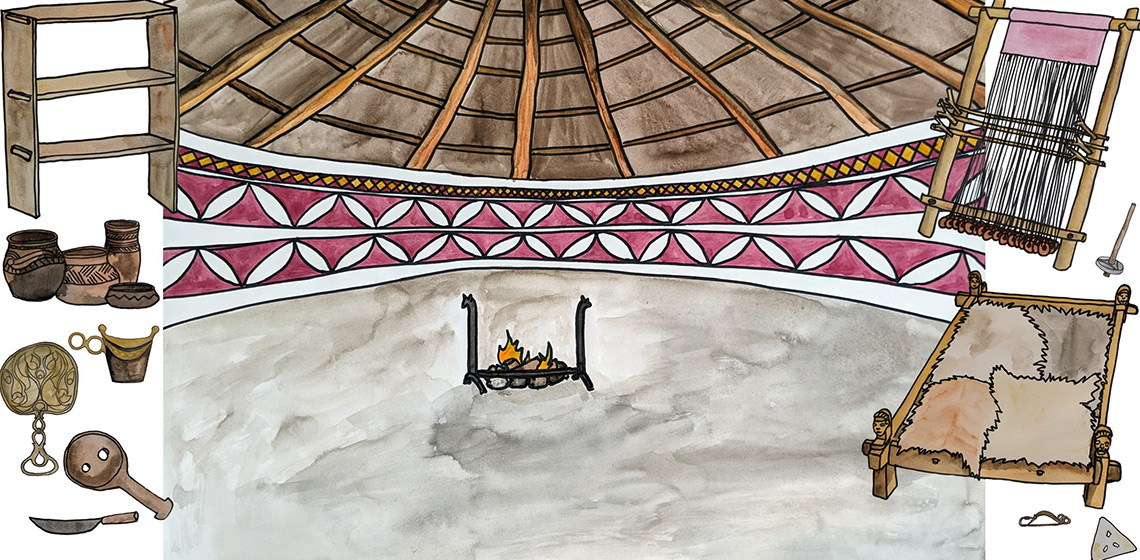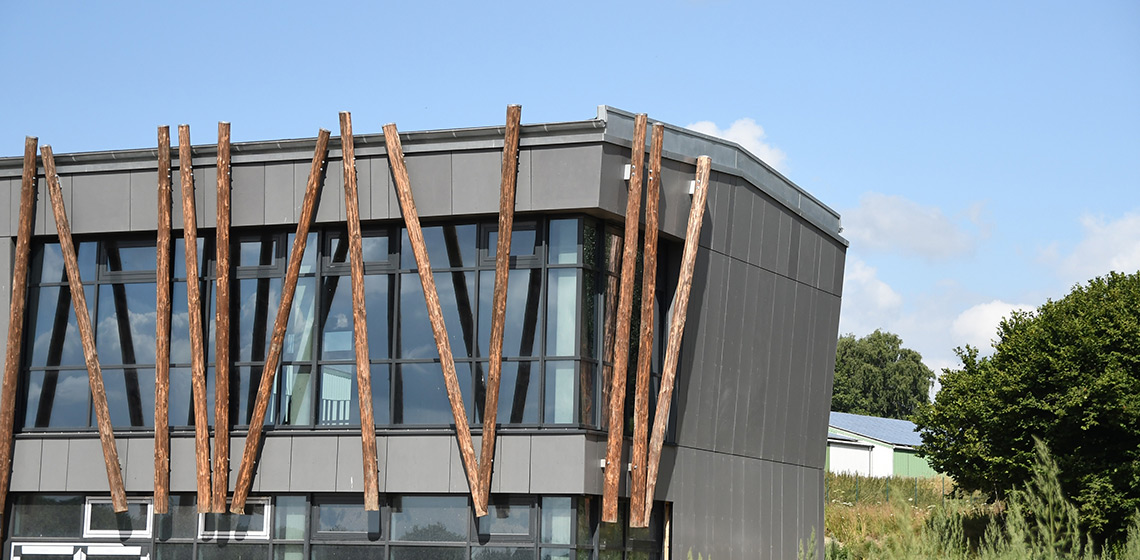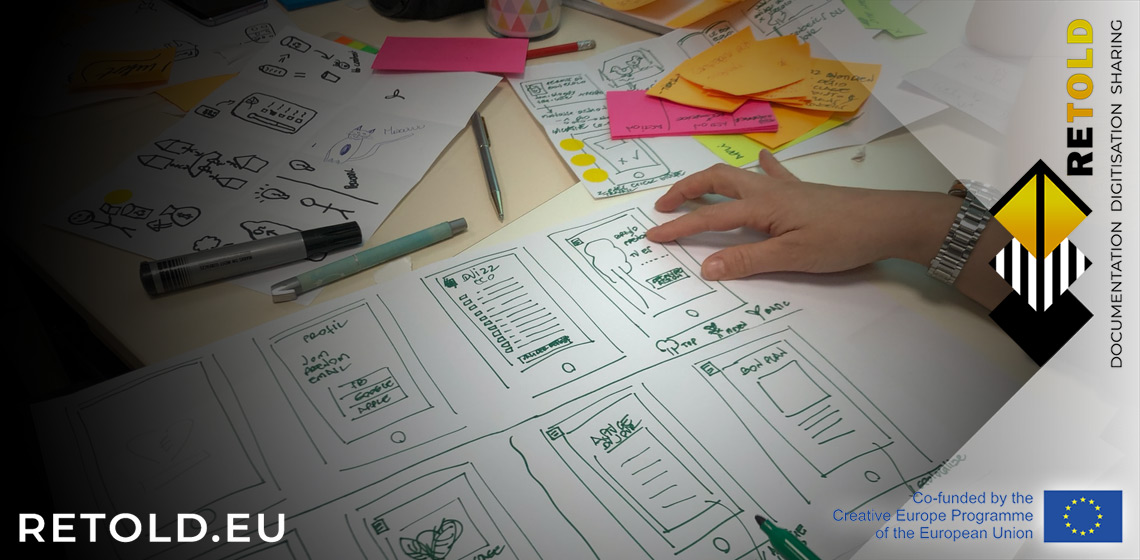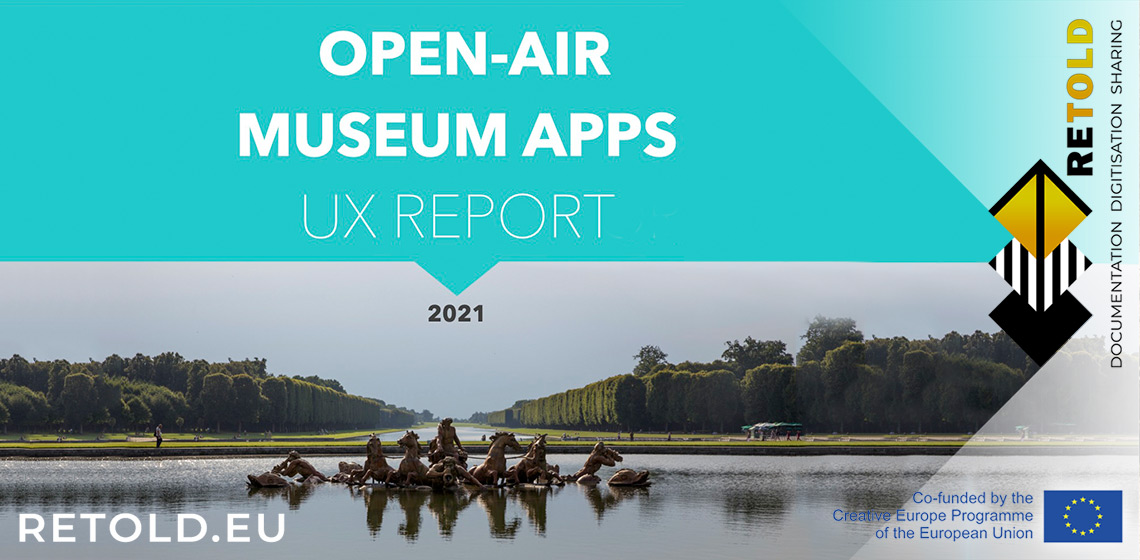Archaeological Open-Air Museum
The Butser Ancient Farm Horton Neolithic Building – Its Construction and Significance to the Interpretation of Buildings of Early Neolithic Britain and Ireland
“I’m really sorry my wife is not here today. She thinks I’m off my head.” How Open-air Museums can Create Programmes for People Affected by Dementia - Examples from Den Gamle By (DK)
Introduction
In 2012, Den Gamle By opened the ‘House of Memory’, accomodation specially furnished for sessions with people affected by dementia. It is a three-room apartment with accessibility for wheelchair users, a functional toilet and kitchen, two living rooms, a hallway and a bedroom. As collaborating partners, memory researchers from Aarhus University and the Department of Health and Care at Aarhus Municipality assisted with their knowledge.
Reconstruction of ‘Lattara type’ Housing in a French Archaeosite in Southern France
Introduction
The archaeological material for this period is scarce locally and does not give enough data for reconstruction. Thus, the decision was made to experiment on building techniques of the various types of habitats encountered in archaeological excavations throughout the south-eastern quarter of France in the regions near Ardèche such as Gard and Herault. The building material was chosen to fit the local climate and resources, and to provide reconstructions that would be compatible with the archaeological context of southern Ardèche.

